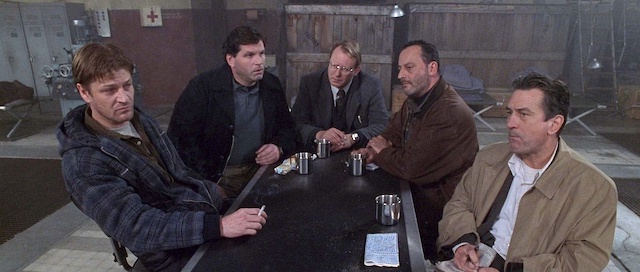Dialogue Adds Character to Your Characters

Who Is Talking?
How your characters speak reveals their personality. Especially in mysteries, characters reveal their character, even when they try to hide it. The challenge for writers is to make the language each character uses, appropriate to that character and distinct from other characters in the story. That way, readers understand who is talking.
Dialogue is a verbal action. When a character speaks, they are actively moving the story forward. When the language, rhythm, and voice is clear for each character, your dialogue not only flows in your story you’ll minimize the need for repetitive dialogue tags.
Preparing for Dialogue
The best way to write distinctive dialogue is to know your character.
- Character background. Add dialogue segments to your character background. Speech habits, like repeatedly saying OK or turning statements into questions. Note delivery style – animated or deadpan. For mystery suspects, add details about actions either conscious or unconscious they make when telling a lie.
- Research. Interview people who embody your character. Or use the time-tested someone you know as the speech model. A female biochemist and a male who breeds Bengal cats will have not just a different vocabulary, but speech rhythms and pet phrases. Listen to people talking in cafes, buses, trains, at the airport or any public venue. You don’t have to visit a crack house to learn the language. Watch characters in movies, television series, and YouTube to grab dialogue details
- Cast Your Characters. When you cast a real person – actor, acquaintance – as your character, listen to how they use their voice to speak. Borrow phrases, intonation, and body movement to create dialogue details for your characters.
Capture the details to make each speaker in your novel unique. Use syntax, vocabulary, and tone to help your reader understand who is speaking. The more you individualize speech, the better your reader understands the character.
Dialogue in Your Story
When you understand your character, you get inside their head and think the way they think. What they say, in dialogue, reflects their thinking. Understanding your character’s motivation helps you create dialogue unique to that character.
Talking like your character becomes innate the more you understand. You’ll avoid dialogue traps that beginning writers often make.
- Stilted and unnatural dialogue speech
- All characters sound the same
- Dialogue doesn’t move the story forward
- Flamboyant dialogue tags
- Too many dialogue tags
If you think of dialogue as action, you will avoid these dialogue traps because the words your character says reflect the character’s inner workings in the same way other actions do. When you know your characters well all the actions, including dialogue, come from internal motivation.
Characters speak when they need rather than you thinking I need some dialogue here. You’ll stop worrying about getting dialogue right,
and use it as another storytelling tool.
Zara Altair
Photo by Yolanda Sun on Unsplash





